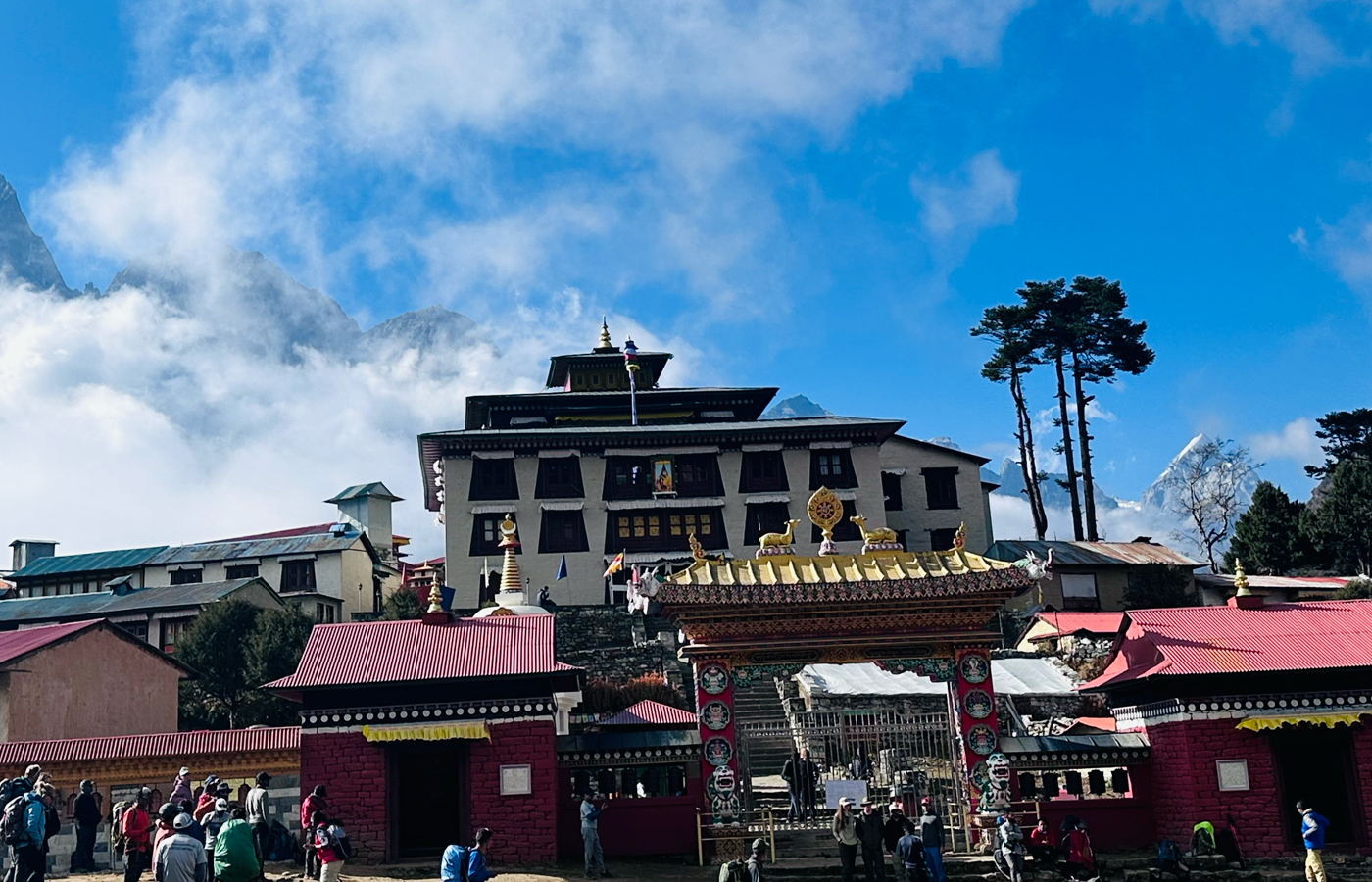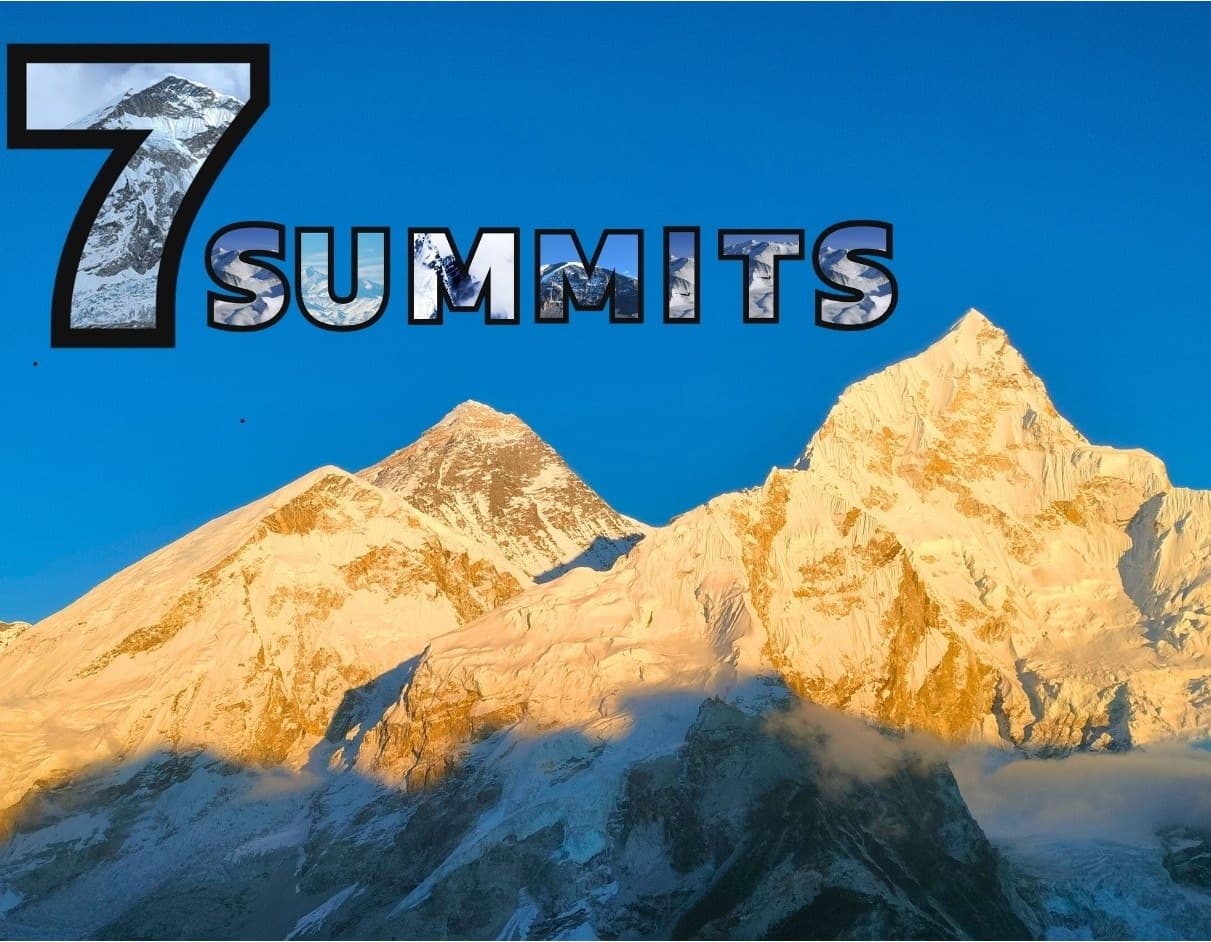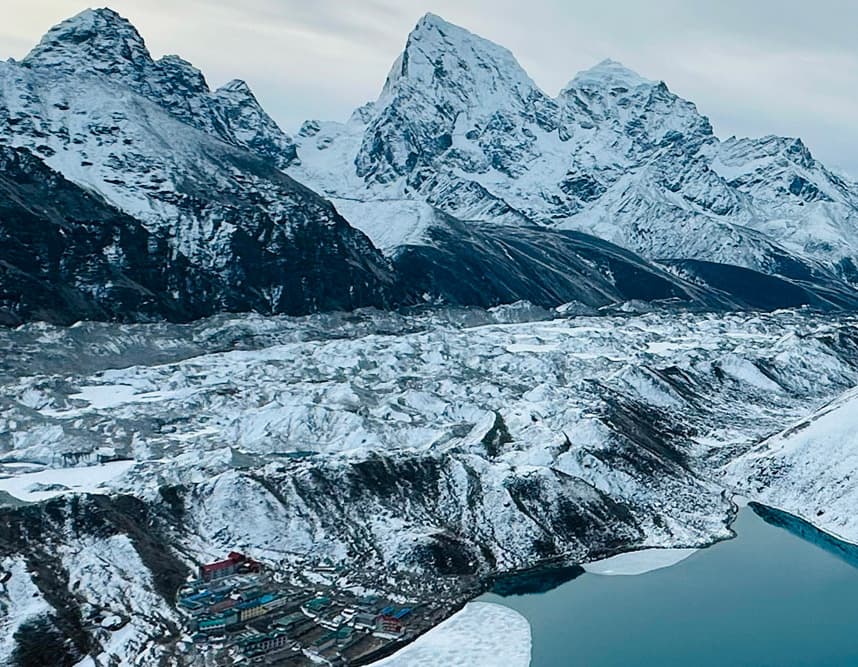Mani Rimdu is a festival spanning 19 days celebrated by the locals of the Everest region to mark the founding of Buddhism by Guru Rinpoche Padmasambhava. Everest is well known for its adventurous trekking but also the yearly Everest Mani Rimdu Festival. This festival is celebrated by the local Sherpa and Tibetan people and falls on the tenth month of the Tibetan calendar. This starts on the first day of the month and ends on the nineteenth day of the same month. This festival usually lies in the middle of Late October to mid-November.
There are magnificent performances put up in the monasteries of Tengboche, Thame, and Chiwong. This festival consists of a series of thirteen acts involving masked dances, prayers, and dramas. During this time, a lot of Westerners and tourists attend the ceremonies as well. The first three days of the festival are held in the Largest Monastery of the region, Tengboche Monastery.
Why is the Mani Rimdu Festival Celebrated?

This festival is celebrated to commemorate the victory of Buddhism over the Tibetan Bon religion. Mani Rimdu is connected to Tibetan Buddhism, specifically the Nyingma Sect. Many Sherpas practice this form of Buddhism and Mani Rimdu serves as a platform for them to honor their faith. It plays a crucial role in promoting and preserving this Sherpa culture and traditions. This festival also contains a significant spiritual value with various prayers and performances designed for spiritual growth and to garner blessings from the deities.
How is the Festival Celebrated?
The Mani Rimdu Festival is celebrated according to the Lunar Calendar, which is of immense importance in Tibetan Buddhism. This is the most exciting festival as it is observed in the highest Himalayan Buddhist monasteries. There are special arrangements made for different days like:
Sand Mandala Formation
The monks use colored sand to make mandalas in an extremely complicated and illustrative process. The idol of Mani Rimdu, the Buddha of kindness, is the main focus of this art. In the Mandal’s center, a bowl of Mani Rilwu tablets (spiritual medicine), is placed and a protection blade surrounding it represents the gods they represent.
Wong
Another important procedure during the Mai Rimdu Festival is Wong. It is the opening ceremony that happens at the Tengboche Monastery on the first day of the festival. It is accessible on the full moon day of the tenth month in the Tibetan Calendar. Inside the monastery, every attendee will get Rilwu (holy or blessed pills) and Tshereel pills with blessings for a long life. The guests, therefore, accept the “Prasad” with utmost sincerity.
Chham
On this second day, the monks will dance with masks on their faces. They wear masks of demons and protectors and complete a drama of the demon chased by the protectors.
The dances are also about the spiritual and philosophical teachings of Lord Buddha. It is also believed that dance takes the form of a divine being and is considered sacred.
Ser-Kyem
Ser-Kyem is a distinct tradition where drinks are offered to the “Dharma Guru” of the Mani Rimdu Festival. Ser means “Golden” and Kyem means “Beverage” in Tibetan. Ser-Kyem is offered in a unique utensil with the bottom part being a giant disk-shaped bowl and the small glass is placed on the bottom of the large bowl. While the Ser-Key is poured into the upper glass, the drink overflows onto the bowl.
People offer alcohol from different vessels according to their preferences. They offer the drinks to the Yiadam, who works at the Monastery as the personal deity, Khandro, the wisdom Dakini, and Lamas, the spiritual guide. This tradition increases brotherhood in the Mani Rimdu Festival.
Jinsak: The Fire Puja
After the dances, the Fire Puja is held in the courtyard of the monastery. The main purpose of this puja is to pacify the damage to the world by presenting Agni, The god of fire, and the gods of Mandala. The damage is pictured as burning butter and melting into the grain. After that, the temple’s sand mandala is destroyed, and the sand is offered to the snake gods (Nagas).
Chhingpa
This dance depicts the four protecting Ghings safeguarding Buddhism from the demonic attack. The dancers' adorn colorful, always smiling features are hidden by shining paper masks. The dancers intentionally startle the younger audience by charging at them.
The Mani Rimdu Festival is celebrated according to the Lunar Calendar, which is of immense importance in Tibetan Buddhism. This is the most exciting festival as it is observed in the highest Himalayan Buddhist monasteries. There are special arrangements made for different days like:
Sand Mandala Formation
The monks use colored sand to make mandalas in an extremely complicated and illustrative process. The idol of Mani Rimdu, the Buddha of kindness, is the main focus of this art. In the Mandal’s center, a bowl of Mani Rilwu tablets (spiritual medicine), is placed and a protection blade surrounding it represents the gods they represent.
When are the dates for the Mani Rimdu festival in the year 2025?

The lamas and the monks of the region fixed a date for the Mani Rimdu Festival. The date is set by translating the Tibetan calendar, where it usually falls between the month of October and November. This a nineteen-day festival where the first three days of the festivities are open to the public.
This year (2025), the festival is celebrated on the 5th, 6th, and 7th of November. And much like every other year, the Sherpas will perform puja to preserve the Mandala. The dates are often never guaranteed as they are different from year to year. For example, in 2023, the festival was celebrated in late October, whereas in 2024, the festival was celebrated in the middle of November, now in 2025, it will be celebrated during the first week of November.
The History of the Mani Rimdu Festival
The Rongbuk Monastery is considered to be the origin of the Mani Rimdu Festival. This festival celebrates Guru Ringpoche’s introduction of Buddhism to Tibet (Padmasambhava). The dances that are performed during the festival depict the mythical occurrence where the good drives out the evil. It’s said that Mani Rimdu began between 1907 and 1910 and relocated to Solukhumbu in around 1940. It is also said that this festival was first held at Tengboche Monastery in 1938.
Is this festival celebrated only in Nepal?
The Mani Rimdu Festival is celebrated in Tibet as well but it’s mostly celebrated in the Everest Region of Nepal. Particularly it is celebrated in the Tengboche Monastery and Thame Gompa.
You can visit Nepal this fall and experience the heavenly Everest region with this spiritual celebration. Besides the marvelous Everest, Thamserku, Lhotse, and Ama Dablam, you will also get a chance to encounter a remarkable Tibetan Buddhist culture.
The Nepal hiking team will manage a perfect vacation for anyone interested. So if you are eager enough to experience this mesmerizing festival, reach out to us now.
We also have a 17-day Everest Base Camp Trek package with the Mani Rimdu package you would be interested in.



